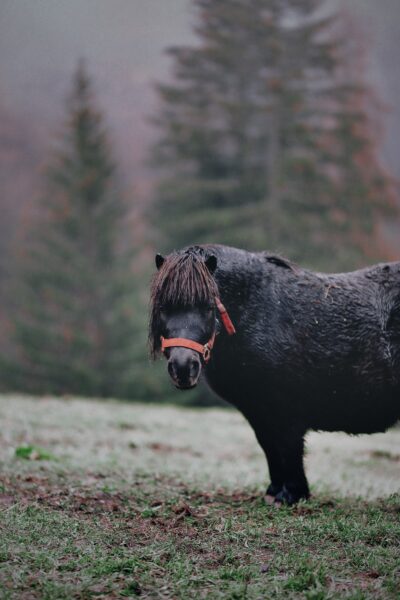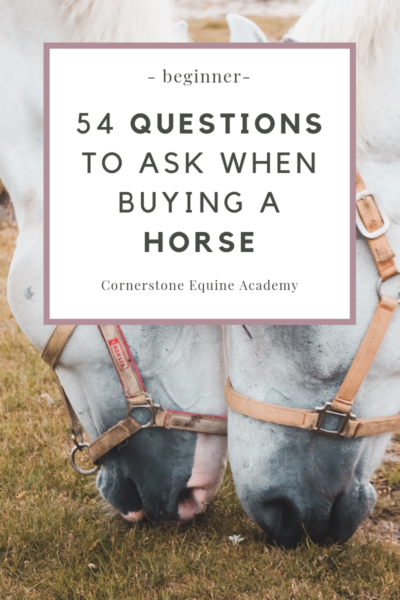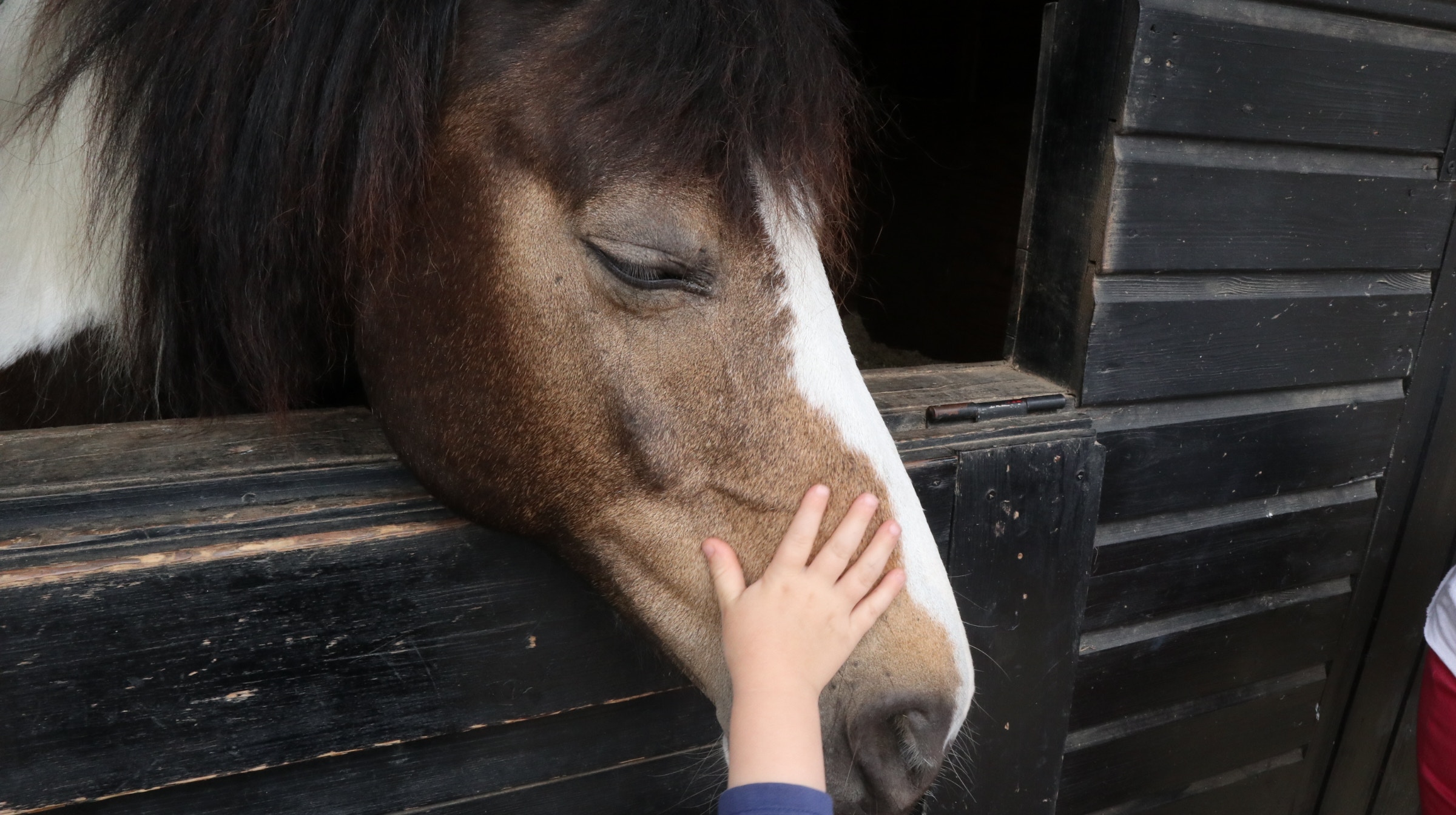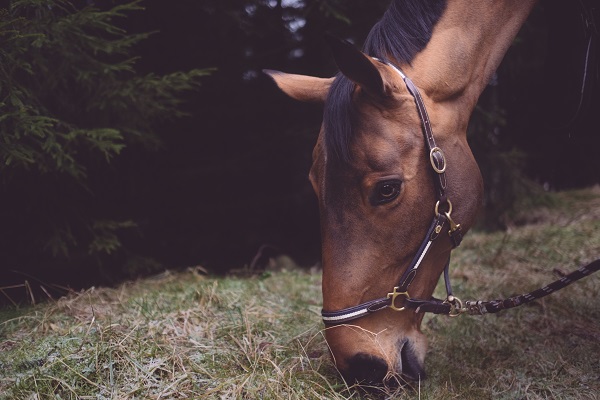What is Equine Conformation and How to Use It
Equine conformation is the study of the anatomy of the horse and how it affects performance.
Every horse can be broken down to the length of bones and the angles of the joints.

By studying your horse’s conformation, you can anticipate certain injuries, or determine what riding style they’ll be successful at.
Conformation is the word we use to describe how a horse is put together.
This is important because it will affect how well suited the horse is for any given career.
For instance, a horse with very steep pastern bones may be uncomfortable for long distance riding as well as predisposed to bone concussion injuries.
On the other end of the extreme, a horse with drastically sloping pasterns may be more likely to experience soft tissue damage as his tendons are over-extended time and time again.
Conformation usually comes into play during three events: looking at a horse to buy, looking at a horse to breed, and determining the best “job” for a horse.
Sometimes we have a young horse we will need to decide what discipline to train him under, but other times we have a horse doing one “job” but struggling at it.
This is where we’ll take a close look at the horse’s conformation to determine if he is even physically capable of doing what we’re asking him.
Conformation of the Perfect Horse
The idea of using conformation to better choose a horse to buy, or choose a horse for a specific discipline is not new.
Xenophen described what he looks for in selecting a young horse in 350 BC:
“a hoof of thick horn, and a frog that is held off the ground.”
But he never mentions the “ideal” horse, or the “perfect” horse.
A perfect horse does not exist.
We can take our analysis of a horse’s conformation and use that information to make better decisions, but we don’t simply turn a horse away because his pasterns are not at the perfect angle.
A cow pony with the conformation of a race horse simply would not work.
In addition to there being no “perfect” horse, conformation is only a guideline.
I’ve seen horses will seemingly horrible conformation perform their job beautifully.
Overall Conformation of a Horse
Generally, one will examine the overall appearance of the horse (do their pieces seems to “fit?”
Does the head look balanced on the neck?
Are the legs placed stoutly and straightly beneath him?
Does the back appear stable and aligned?) as well as his range of appropriate angles.
Typically, a well balanced horse can be visually broken into three equal thirds (head to shoulder, shoulder to loin, and loin to tail).
We’ll go into detail of each segment in future posts, but for a general consideration:
Conformation of the Head, Neck and Front Legs
The spinal column consists of the skull, seven cervical vertebrae which begins at the 1st cervical vertebrae, or the atlas which allows the skull to make up and down movements.
The 2nd cervical vertebra allows the side to side movements.
The horse’s head should be neatly attached to his neck with plenty of room in his throatlatch to allow him to bring his chin down during collection and still be able to breathe.
The neck is composed of two curves that create an exaggerated “S”.
On the front leg of the horse it is important to notice there is no collarbone, or any bone-to-bone connection of the scapula and ribs.
This provides better shock absorption and becomes a very important part of positioning the saddle.
Working our way down the front leg, we first have the scapula, humerus, radioulna and knee.
The knee on the horse is the equivalent of our wrist, and the cannon bone, with the splints consist of three “fingers” that have telescoped over centuries of evolution, so the horse now sits on one middle ‘finger’.
At the beginning of life the splint bones are attached by only cartilage.
Around six years of age, they fuse to the cannon bone.
Stress causes the fusion, so the timing varies greatly and generally the inside splint will fuse first.
Almost always the front splints fuse before the hind because the front legs carry 60% of the horse’s weight.
Below the cannon is the fetlock joint which contains two sesamoid bones.
Below the fetlock is the long pastern, followed by the short pastern (partially inside the hoof), coffin bones and navicular bone.
Conformation of the Horse’s Back
Moving down the back, the horse has eighteen thoracic vertebrae.
Each thoracic vertebra is attached to a pair of ribs, that protect the heart and lungs.
The withers are actually the spinous processes of the thoracic vertebrae, the peak of which is at thoracic 4, or T4.
The more gradual decline of the withers from T4-T10 or T12, the better.
The anatomical structure of the withers are important because the muscles that raise and lower the head and neck are anchored to the withers like a bridge.
The spinous processes of the withers are actually slanted towards the tail.
After the thoracic vertebrae are the lumbar vertebrae.
Equivalent to those in a human, horses have six lumbars, with flat transverse processes that protect the kidneys.
Most horses will have a trapezoid shape to them, with the shoulder, underbelly and hock creating the longer base and their back being the shorter top.
When analyzing the back alone, you want the lumbar portion to be short.
The ribs provide a lot of support, the same way a suspension bridge’s cabling does, however the lumbar does not have the same support.
This makes it much weaker than the thoracic, and if you’ve ever tried to break a stick over your leg, you know that longer sticks break easier.
Longer lumbars break down quicker.
Conformation of the Horse’s Pelvis and Back Leg
Within the top of the pelvis lies the sacrum; five fused vertebrae.
The lumbosacral joint, or LS joint, is an important point of anatomy that we’ll return to later.
The tail consists of around eighteen coccygeal vertebrae.
On the hind leg of the horse, blow the pelvis we have the femur, patella (our knee), the tibia, calcaneus (which is the point of the hock) and below that is almost identical to the front leg.
As a general rule, you want the cannon bones to be parallel and you want to be able to draw a straight line from the point of buttocks down the back of the cannon bone (when viewed from the side).
When viewed from the back, you want both hind legs to be parallel.
In this instance, we want a slight outward splay over a toed-in appearance.
There is so much more detail to go into that we’ve broken them into several other blog posts we’re working on.
But we’re hoping that this basic understanding of anatomy will start you analyzing the angles of the bones, how they affect the performance of the horse, and what we can do to work with what the horse has.



